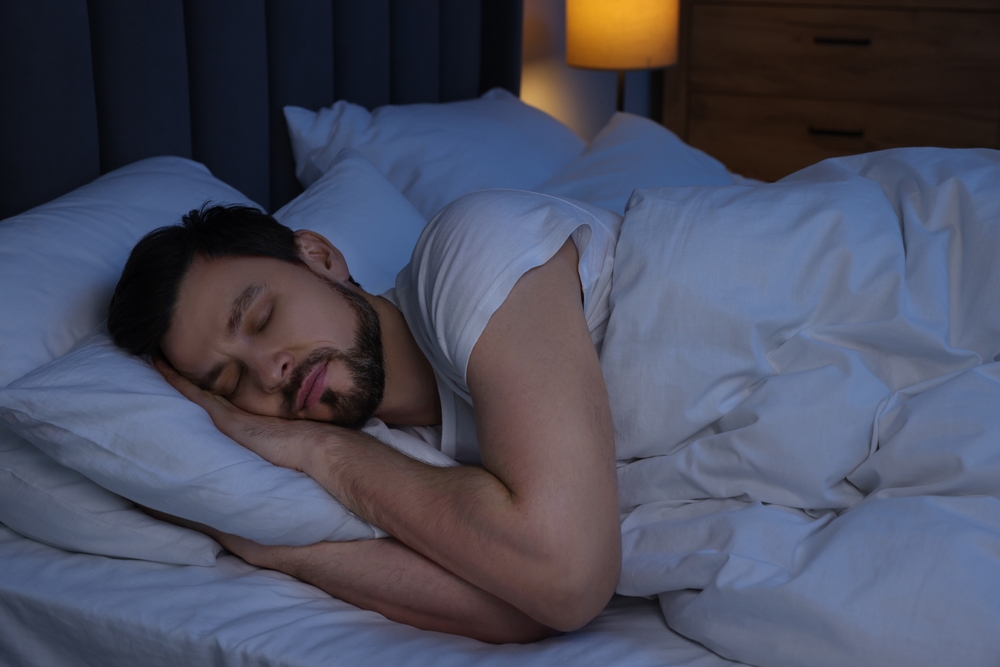Mastering the Rhythm of Rest
Your body has a nightly routine more sophisticated than many waking schedules. It flows through patterns of light sleep, deep repair, and bursts of dream-state activity repeatedly for hours. The way those cycles unfold can determine everything from your mood to your memory to whether you hit snooze three times or jump out of bed feeling refreshed. Let’s pull back the covers on what actually happens while you sleep.
Stage 1: Light Transition
This is the initial phase of sleep, often lasting just a few minutes. It marks the shift from wakefulness to sleep as heart rate slows, muscles relax, and brain activity begins to decrease. People sometimes experience the sensation of falling or sudden muscle twitches in this stage.
Creating a calm and supportive sleep environment makes it easier to enter Stage 1 efficiently, setting the stage for deeper, more restorative sleep to follow.
Stage 2: Light Sleep
In Stage 2, body temperature drops, and breathing becomes more regular. Eye movements stop, and the brain begins producing bursts of activity known as sleep spindles. These brief surges are believed to play a role in memory consolidation and cognitive function.
Because this is where we spend the majority of the night, it’s important to minimize disruptions, such as sleeping hot or a sleep partner’s movements. A well-designed mattress with temperature-regulating materials such as one of the cooling models in the Therapedic Immunity line or one featuring motion-isolating support like the Therapedic Agility can make a noticeable difference in maintaining uninterrupted rest during this phase.
Stages 3 and 4: Deep Sleep
Often grouped together as slow-wave sleep, these stages are critical for physical recovery. During deep sleep, the body repairs tissues, builds bone and muscle, and strengthens the immune system . Brain waves slow dramatically, making this phase the most difficult to wake from.
Supportive sleep surfaces that align the spine and relieve pressure points can help maintain deep sleep longer, allowing the body to do its most important restorative work.
Stage 5: REM Sleep
REM (Rapid Eye Movement) sleep is characterized by increased brain activity and vivid dreaming. It plays an essential role in emotional processing, learning, and memory. Although the body remains still due to temporary muscle paralysis, the brain is highly active.
REM sleep becomes more prominent in the second half of the night, making uninterrupted rest especially important in the early morning hours. A breathable, responsive mattress can help maintain comfort and support throughout this mentally rejuvenating stage.
Putting It All Together
Much of what we know about sleep cycles comes from decades of scientific research. Each full cycle of sleep takes approximately 90 minutes to complete, and most people go through four to six cycles per night. As the night progresses, the amount of deep sleep decreases while REM sleep increases. This natural rhythm helps explain why some mornings feel effortless and others don’t.
The more we understand about what happens during sleep, the more intentional we can be about protecting it and creating the right environment to support it. Small changes can make a big difference when they align with your body’s natural rhythm.
